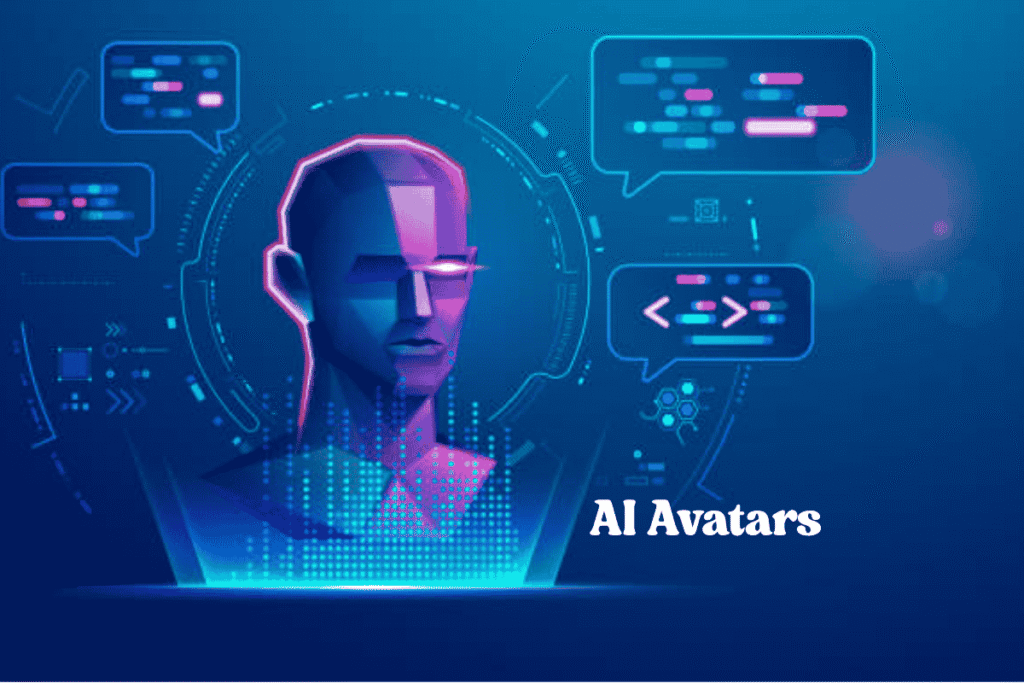Hello people! What kind of results will AI avatars bring to marketing? The quick changes in digital marketing have brought AI avatars which are changing the way brands connect with customers. With artificial intelligence, these personas give customers tailored, responsive, and expanding ways to interact with the company. Whether brands use virtual influencers or service bots, AI avatars are helping companies interact with customers differently.
To make campaigns better, justify costs, and match business objectives, it’s important to understand the impact of AI avatars. In this article, both beginner and advanced marketers can discover how to assess the success of AI avatars in marketing by understanding metrics, common methods, best practices, and answers to typical questions.
Let’s dive in!
Table of Contents
AI Avatars in Marketing

They use artificial intelligence, natural language processing, machine learning, and computer vision, to make up the digital versions of characters or personas. They might look like virtual influencers, customer support bots, or live brand presenters. Customers are drawn to chatbots since they receive personal experiences, can talk to them anytime, and can change client preferences straightaway.
As an example, a virtual influencer called Lil Miquela has attracted millions of people online, while machines help with online customer service more efficiently than ever. Marketers look to AI avatars because they are versatile and relatively cost-effective. AI avatars are different from humans because they never take breaks and can be adapted to match your brand identity, available on several platforms at once.
Measuring AI Avatar Impact
Firms should use different metrics to examine whether their AI avatars in marketing are effective. You can classify these metrics as engagement, conversion, brand perception, and operational efficiency.
Engagement Metrics
They help measure how well AI avatars hold the viewer’s attention. They let us observe the avatar’s capacity for creating satisfying conversations with users. Key measures of how users engage with your service are:
- With avatars on social media or in interactive projects, metrics such as likes, comments, shares, and CTRs reliably measure audience engagement.
- Engagement in chatbots is represented by how long people interact with the avatar. If the avatar provides enjoyable or useful info, the session will tend to be longer.
- Recording when users visit the AI avatar again and again suggests it can keep users returning for more.
Conversion Metrics
Marketing works to turn people into customers, and members or to achieve other important actions. We should measure AI avatars by how well they change consumers’ actions. Conversion metrics you should monitor are:
- E-commerce brands need to keep an eye on the percentage of users who buy products after dealing with an AI avatar such as a chatbot.
- For business-to-business and service firms, the number of useful leads obtained through interaction with AI avatars (e.g., people filling out forms or asking questions) is very important for success.
- Reducing Cart Abandonment with chatbots, companies can help customers all through the buying process and, as a result, reduce cart abandonment.
Brand Perception Metrics
Many companies use AI avatars to present their brand and guide how people view their company. You should measure the influence on brand perception with both figures and experiences.
- If marketers review the comments, reviews, and social mentions customers make, they can determine if people are happy, unhappy, or indifferent about interacting with AI avatars.
- Brand awareness can be measured with questions or discussions that check consumers’ views on how the avatar reflects the brand.
- By asking users to rate their interest in spreading positive word about the brand following a chat, businesses can see if the avatar has a positive impact on loyalty and promotion.
Operational Efficiency Metrics
Replacing human-operated systems with AI avatars is widely used to conduct work more efficiently and cut expenses. Assessing the efficiency outcome of these technologies enables a clear look at their ROI.
- You should compare how much it costs to use AI avatars to the expenses for human labor on the same tasks. A chatbot dealing with 1,000 customer requests per day can reduce how many human agents are needed.
- They can respond to customer concerns more quickly than humans could. Averages of response time and resolution time reveal the performance of a help desk.
- Scalability evaluates how an avatar can continue performing well as its responsibilities grow.
Success Metrics for AI Avatars
Along with using specific metrics, businesses should depend on effective ways to collect and review information. Because of these approaches, measurements are precise, guide decisions, and support marketing efforts.
A/B Testing
To see how the AI avatar affects a campaign, A/B testing compares results from a campaign with the avatar and from one without it. A retailer can compare having a product recommendation system powered by a chatbot to using a conventional website for moving users to those products. Marketers use figures like conversion and session results to assess how much their avatar matters.
Attribution Modeling
With attribution, it becomes clearer how AI avatars help through the customer’s journey. For example, multi-touch models are designed to spot if someone interacting with a chatbot later buys anything. It’s most useful when you use complex funnels.
User Surveys and Feedback
What users say directly can offer an understanding of how useful the AI avatar is. You can ask users in surveys how they feel about the avatar, how satisfied they are, and what they experience.
Analyzing User Engagement
Heatmap analysis and behavior tracking tools such as Hotjar or Google Analytics, let you see the way users interact with AI avatars featured on websites or apps. One thing to look at is if users click on the avatar’s statements or if they overlook them. This information allows us to spot what needs improvement.
Longitudinal Studies
Companies may conduct continuous studies to check how their progress affects changes in performance. These studies show how the impact changes over time.
Challenges in AI Avatar Impact

Though the suggested metrics and methods create a system for evaluation, some problems still need attention.
Data Quality and Integration
Since AI avatars appear on many platforms, it is hard to bring all the data together. Baselines must be reliable and we need to ensure data is correct and integrated for that.
Attribution Complexity
Evaluating the results from multi-channel marketing can be tough since separating the avatar’s effects is not simple. As an example, did anyone buy because the avatar suggested it or because of an email communication?
User Bias
Not all users trust AI avatars because they believe talking to humans is more genuine. Because of this bias, engagement, and perception numbers could be erroneous.
Evaluating AI Characters
By following these best practices, marketers are better able to face these challenges and achieve correct results:
Clear Objectives
Figuring out what you want the AI avatar to perform should be clear. For instance, deciding to reduce customer service costs by 20% or increase conversions by 10%. With these objectives, you know which metrics to choose and how to review them.
Measuring multiple things
If you depend only on engagement rate, you could miss seeing the full problem. View all of your engagement, conversion, brand perception, and efficiency metrics to get the full picture.
Iterate and Optimize
After each test, use what was measured to modify the avatar’s appearance, code, and operation. Should sentiment analysis indicate there is negative feedback, then adjust the avatar’s manner or what it says.
Inform Users
Displaying that the avatar is not a person encourages trust and helps improve how well your brand engages with them.
AI Avatar Use Cases
The next part will explain how schools apply these measurement strategies by looking at some case studies.
Virtual Influencer Campaign
A fashion brand joined up with a virtual influencer to showcase its new collection on Instagram. The results were measured by how many times the brand was mentioned (likes, comments, and shares) and by the website clicks and sales generated. A/B tests discovered that content that included the virtual influencer got a 15% higher CTR than content that featured actual models. A majority of the comments (80%) expressed positivity which reflects a good match between people and the company.
AI Chatbot for Customer Service
A chatbot was put in place by an e-commerce company to manage customer questions. The chatbot allows us to respond to customers in less than half a minute, saving 25% on our customer service costs. Because of the chatbot’s custom recommendations, the conversion rate went up by 12%. Ninety percent of those who took the survey said they were satisfied with the chatbot.
Future of Avatar Tracking

As AI develops further, ways to assess avatars will also change. New developments are observed in:
- With these AI models, it is possible to guess how AI avatars will act and optimize the process using previous results.
- AI avatars use advanced techniques to detect how users are feeling which helps marketers measure how engaged they are.
- With AI avatars on different platforms, using a single measurement dashboard will make it easy to see the whole picture of how the avatars perform.
- In the future, future metrics could include how closely the avatar helps personalize experiences such as styling content based on someone’s preferences.
Conclusion
To check how AI avatars are doing in marketing, you need to use a mix of various metrics, popular methods, and highly tested methods. Monitoring engagement, how many conversions there are, how the brand is viewed, and how well operations run helps companies see the full impact of their efforts. Seeing real results takes A/B testing, attribution modeling, and feedback from users, but you also need to carefully address the issues of different data sources and prejudices in the user base.
Lining tour AI avatars’ work with the goals of your business and regularly changing them for the better will help marketers boost engagement, encourage conversions, and create brand loyalty in the digital world. How should businesses utilize AI avatars to get the best results from their marketing?
FAQS
- How do AI avatars boost the overall engagement of customers within marketing activities?
The use of AI in avatars encourages more participation by making interactions personal, interactive, and easy to scale.
- How can we determine the effectiveness of AI avatars in marketing?
These key things need to be measured: engagement, conversion, the perception of your brand, and operations.
- How does A/B testing help us assess the success of AI avatars?
In A/B testing, what is compared are avatar-driven campaigns against those without avatars.
- What benefits come from sentiment analysis in AI avatar usage?
Using sentiment analysis, we measure the emotions of users and how they view a brand.
- What ways do AI avatars help companies cut down marketing costs?
These avatars help to bring down costs by handling tasks automatically and enabling scaling.




